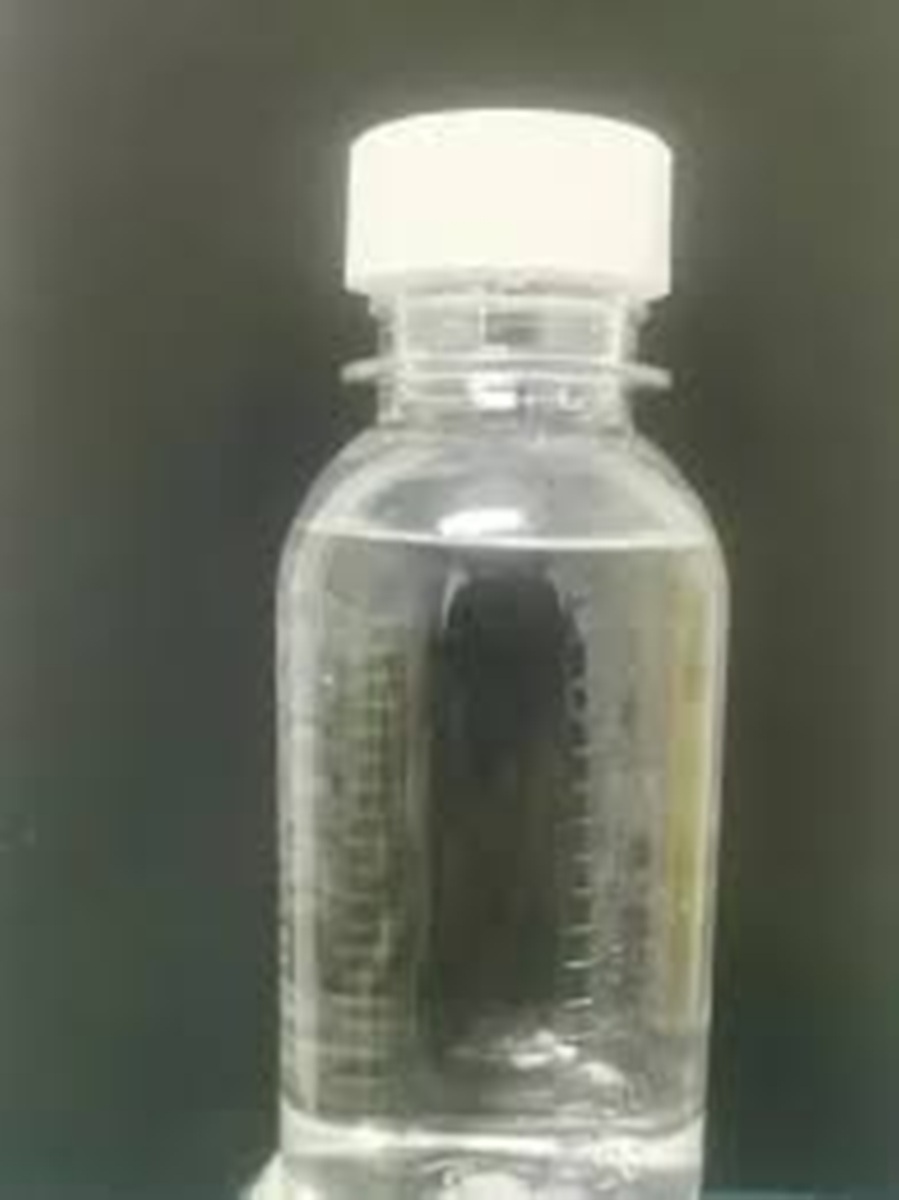
The global market for rheumatoid arthritis treatments is expected to grow at a CAGR of...
Learn More
Our consulting solutions address company specific challenges with respect to micro environment...
Learn More
Organizations frequently need day-today research guidancein order to gain strategic...
Learn More
Exploring different areas of market research and market analysis is a key factor...
Learn MoreAcute Market Reports presents the most extensive global business research services across industries. Our research studies focus on potential outcomes, benefits, and risks associated with each market segment across geographies. Having served our global clients for more than 10 years, our prime priority is to enable our clients in making well-informed business decisions through a data-driven, analytical, and uncomplicated research approach.
We provide access to the world's most comprehensive, analytical, and updated business intelligence services and solutions.




The trichlorosilane market is expected to grow at a CAGR of 9.3% during the forecast period of 2025 to 2033. Trichlorosilane (SiHCl3) is a colorless, volatile liquid primarily used in the production of high-purity silicon in the semiconductor industr...
Read More
The data lake market is expected to grow at a CAGR of 21% during the forecast period of 2025 to 2033. The data lake market is poised for substantial growth, driven by the burgeoning data landscape, the need for advanced analytics, and cloud adoption....
Read More
The facial implants market is poised to experience substantial growth, with an expected CAGR of 8.8% during the forecast period from 2025 to 2033. This expansion is driven by multiple influential factors that have shaped the market landscape. The mar...
Read More




